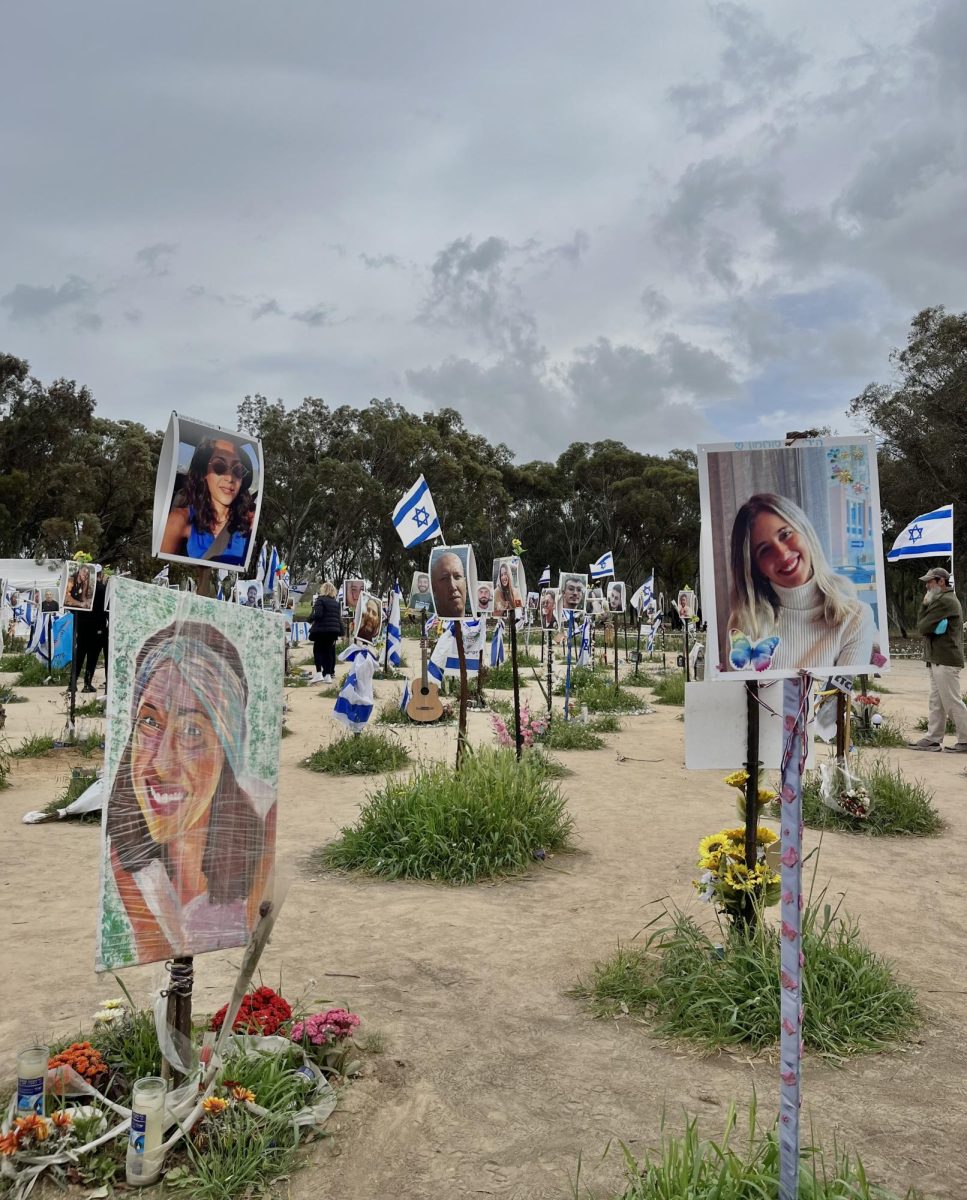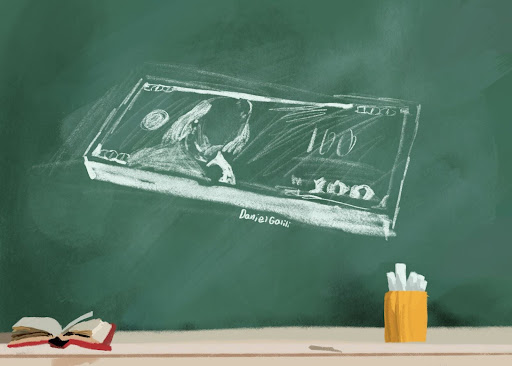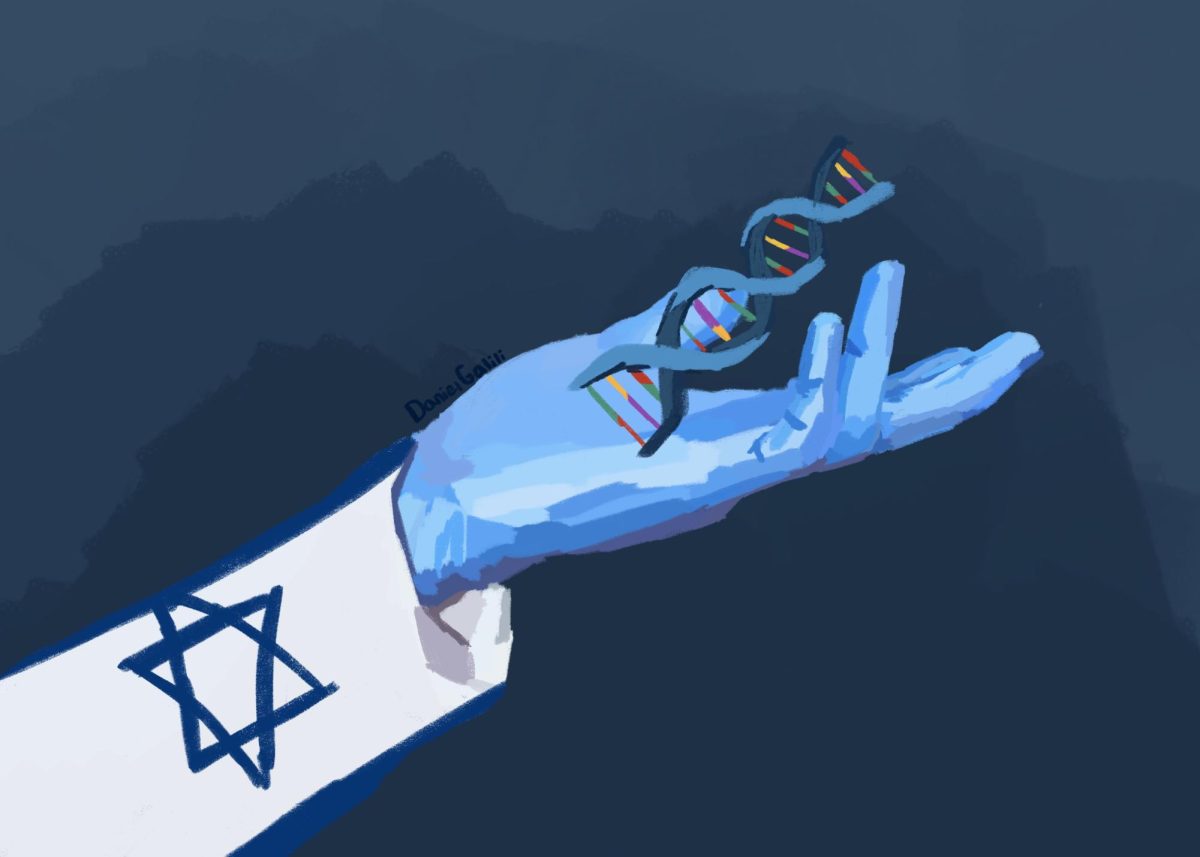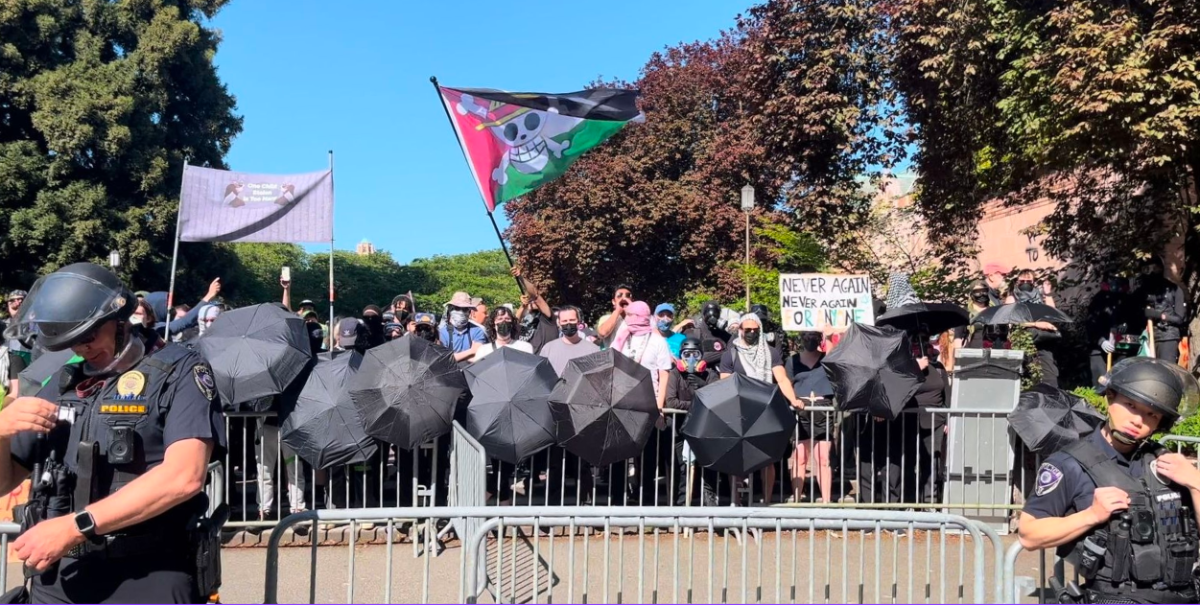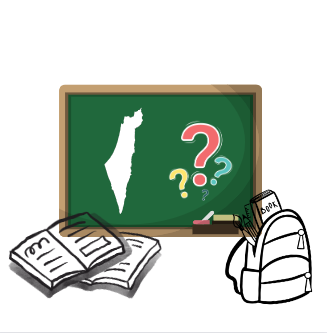I traveled to Israel in late February for the weekend to celebrate a family bar mitzvah, marking my first visit since Jewish history was ultimately changed forever. With a free morning and afternoon on the day of the family celebration, I debated between exploring the Shuk HaCarmel in Tel Aviv or the Old City of Jerusalem.
However, my plans took an unexpected turn when my aunt, a program coordinator for the Jewish Agency in Israel, informed me of her upcoming trip with a group from South Africa to visit the southern Israeli cities affected by October 7th. After contemplating, I decided to go see the tour sites, despite my cousin’s hesitation when I asked if he would join, as he said, “We [Israelis] had to go through it, we don’t really want to relive it.” Despite this reluctance, I felt a deep pull to understand the stories of October 7 better.
Our first stop was Sderot, less than a mile from Gaza. Sderot is the biggest city attacked by Hamas on Oct. 7, where over 100 terrorists roamed, shooting people on the streets and in their homes. The city was filled with bomb shelters, some painted in bright and cheerful colors, and vibrant parks for kids to play in including one with a caterpillar-shaped bomb shelter allowing children to quickly take cover if there is a rocket alert. This was one of the first days the community was returning to their homes, as they had been evacuated to hotels across the country so some stores were starting to reopen.
Among the mix of old and contemporary apartment buildings, one sight caught my eye: a sukkah, a temporary hut used during the Jewish holiday of Sukkot to commemorate the Israelites’ time in the desert, still standing on the front patio of an apartment. As we passed by, I couldn’t help but wonder about the family who had built it back in October, perhaps never getting the chance to take it down due to the attack.
The stories seemed endless as my aunt pointed out various locations. “See that spot over there? That’s where a group of Russians were shot by terrorists driving by in a car,” she explained. “And over there, that used to be the police station before a tank demolished it,” she added, as we looked upon a large area filled with rubble.
We also visited the Magen David Adom (MDA) station in Sderot, where we heard stories and saw ambulances from Oct.7 that had been infiltrated with bullets. The paramedics explained what happened to their station during the attack and it was at that moment I realized the sheer chaos of Oct. 7. Emergency organizations like MDA had to cease rescue attempts because Hamas members were attacking paramedics and ambulances. However, not all paramedics stopped. Many continued to assist the injured or even helped a woman deliver a baby in an apartment, despite the presence of many terrorists in the city.
On our way to the next location, we stopped at “Shuva Brothers,” a soldier feeding station that is operational on a volunteer basis. I witnessed the kindness and love locals showed to one another, those not on the front lines still doing what they can to serve the country and help others. The Israeli spirit of volunteering and helping each other has been seen throughout Israel since October 7.
Our last stop was Rei’im, the site of the Nova music festival, where an astonishing 364 people were slaughtered. On the road you go on right before you enter, also where hundreds of people fled and hid on October 7th, you can feel the divots on the road from tanks and the cars they burned on the way to the festival. The site was a beautiful area with many plants and greenery. Now, an old parking area is marked with lines of posters with pictures and names of those who were killed on metal posts driven into the dirt, each surrounded by flowers and rocks.
Visiting these sites and hearing first-hand accounts of tragedies like those of October 7 is crucial. Just as we preserve and honor the memories of Holocaust survivors, it is essential to visit these sites and hear from those who lived through recent tragedies. By doing so, we ensure that these important stories are not forgotten and continue to be remembered by future generations.
After returning to Bet Shemesh, I showered and prepared for the family bar mitzvah. The stark contrast between the morning’s dreadful trip and the evening’s joyful celebration highlighted the unique resilience of the Israeli people. Experiencing how they move from learning about tragedies and volunteering to help to celebrating family occasions and holidays, made me appreciate the strength and unity of the Jewish nation and our country even more.
The bar mitzvah that evening felt even more meaningful after the day’s journey. It was a testament to the long-lasting spirit of our people and the importance of remembering our shared history. This deeper connection inspired me to dance and celebrate with even greater joy and purpose, cherishing being a part of such a resilient and vibrant community.

